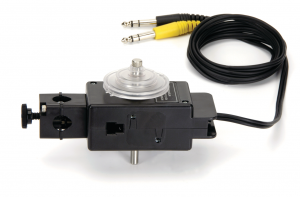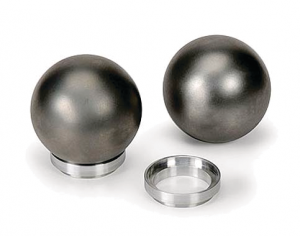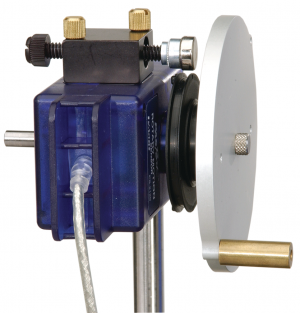Product Details
Hooke’s Law and Spring Potential Experiment
The complete solution for studying the difference between Force and Spring Deformation and investigate both spring compressing and extension.
Description
In this experiment, students use a High Resolution Force Sensor to measure the force exerted to either compress or extend various springs, and a Motion Sensor to measure position and speed. Students create a Force vs. Stretch (or Compression) graph. The slope of this graph is known as the spring constant, while the vertical intercept is the initial loading force. Various springs of different construction are included, so students can better understand the physical meaning of the spring constant. The spring is then compressed (or stretched) and released. The kinetic energy transferred to a PAScar is measured and compared to the potential energy lost by the spring.
PASCO Advantage: The High Resolution Force Sensor allows students to take direct measurements of force for each compression or elongation of the spring. This is superior to using a hanging mass to apply a force, since students don’t have to convert from mass to force. In addition, students are applying the forces to the springs and will have a better kinesthetic feel for the amount of force being applied in each case. Energy changes are easily measured and very visual.
https://www.pasco.com/products/complete-experiments/mechanics/ex-5504#specs-panel







